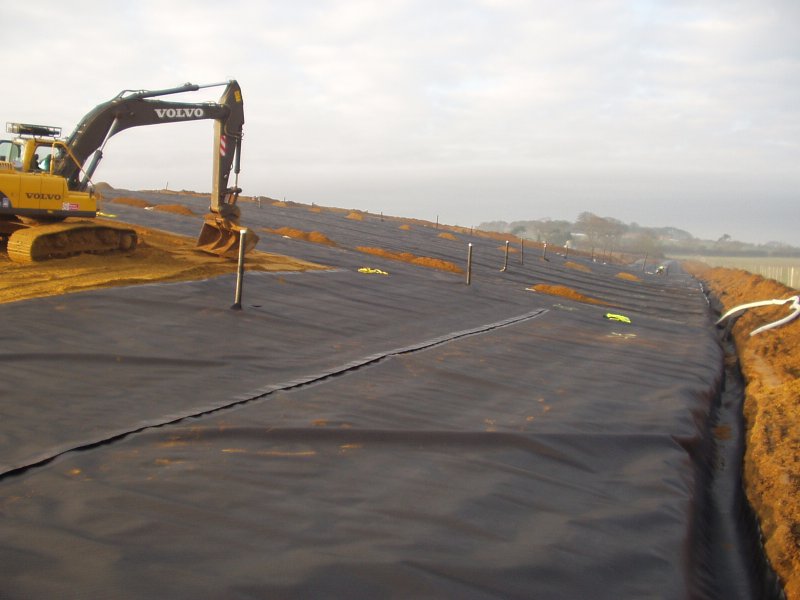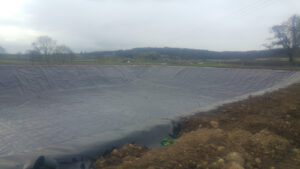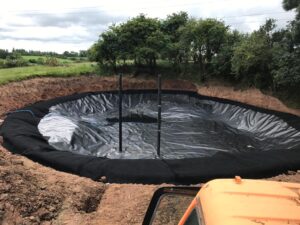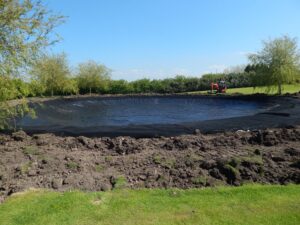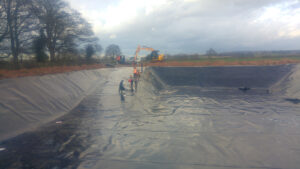Landfill cell lining plays a crucial role in the waste management sector, ensuring containment, preventing environmental contamination, and safeguarding public health.
What is Landfill Cell Lining?
Landfill cell lining involves the installation of impermeable barriers within designated areas where waste is deposited. These barriers prevent waste materials and their byproducts from leaching into the surrounding soil and groundwater.
Uses of Landfill Cell Lining:
Containment of Waste: Lining is essential to confine waste materials within designated areas, preventing their spread and minimising the risk of contamination.
Preventing Groundwater Contamination: Impermeable liners prevent leachate, a liquid formed by rainwater interacting with waste, from seeping into groundwater, thus protecting water sources from pollutants.
Environmental Protection: Lining systems prevent harmful substances and chemicals from entering the soil and nearby ecosystems, preserving biodiversity and minimising ecological damage.
Public Health Safeguarding: By containing hazardous waste and preventing its migration, cell lining contributes to protecting public health from potential exposure to toxins.
Regulatory Compliance: Lining is a requirement in many regions to comply with environmental regulations, ensuring responsible waste management practices.
The Need for Landfill Cell Lining:
Preventing Environmental Pollution: Without proper lining, contaminants from waste can seep into the soil and water sources, causing pollution and affecting the health of ecosystems.
Protecting Groundwater Quality: Groundwater is a vital resource. Lining prevents leachate from infiltrating into groundwater, preserving its quality for drinking and agricultural use.
Containment of Hazardous Materials: Hazardous waste materials, if not contained, can pose significant risks to the environment and human health, making containment crucial.
Mitigating Soil Erosion: Lining prevents waste materials from affecting soil quality and stability, reducing erosion risks and preserving land integrity.
Long-Term Environmental Impact: Properly lined cells prevent long-term environmental damage, contributing to sustainable waste disposal and minimising future remediation efforts.
Enhancing Waste Management Efficiency: Lining ensures efficient waste containment and management, reducing the potential for environmental emergencies and cleanup.
Addressing Community Concerns: Lining provides assurance to nearby communities that their environment and health are being protected from the potential impacts of landfill operations.
Conclusion:
Landfill cell lining is a fundamental practice in waste management, serving as a critical barrier between waste materials and the environment. Its importance lies in preventing environmental pollution, protecting groundwater quality, and ensuring the long-term sustainability of waste disposal sites. By complying with regulations and implementing proper lining systems, landfill operators can effectively contain waste, mitigate environmental risks, and safeguard public health and ecosystems for generations to come.
To find out more about our products and services and how we can help you, please contact us using the below –
Tel: 01695 228626
Email: enquiries@enviroseal.co.uk

